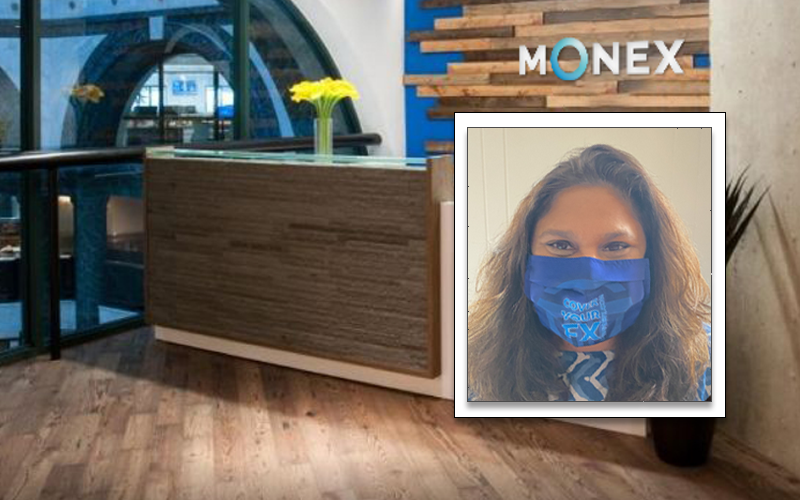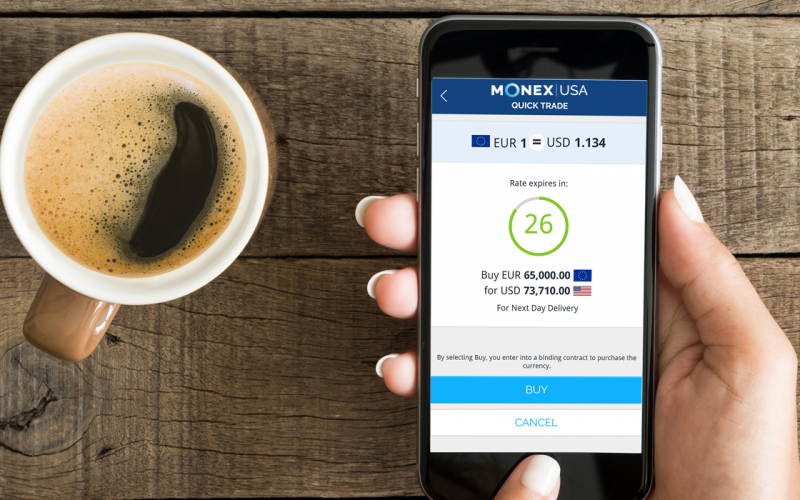China and other Asian markets have experienced massive growth in recent decades, but the European Union remains a huge market. In 2019, total U.S. trade with the 27 countries in the EU totaled $1.1 trillion. That figure covers goods and services, imports and exports.
This is all to say that there are huge opportunities in the EU for U.S. companies. Success comes down to building sustainable supply chains linking reliable international ports and logistics hotspots. But what does that look like exactly?
Let’s zero in on a logistics hotspot at the crossroads of both Europe’s major consumer markets and industrial hubs: Belgium. Specifically, that country’s northern region, Flanders, which contains the EU capital Brussels and the Port of Antwerp.
TEMPUS sees Flanders as a keystone to a strong EU supply chain, and has worked with experts from Flanders Investment & Trade (FIT), a government agency, to understand how U.S. companies can optimize their approach to European markets.
Right in the Middle of Things
A look at a map of Europe shows Belgium squeezed between the major markets of France, Germany and the Netherlands. The country also has a historic supply chain relationship with the U.K., so it’s well-positioned to deal with Brexit as that process unfolds.
One stat says it all: Flanders is within 300 miles of 60% of Europe’s purchasing power. With a multilingual population—Belgium has three official languages, French, Dutch and German—and dense multimodal transportation networks, the region is a great base from which to build out European supply chains and sales. Put great connectivity and a multilingual workforce together and you’ve got excellent business growth potential.
Flanders’ dense network of ports, highways, railways and inland waterways includes the Port of Zeebrugge, the largest car handling hub in the world. Huge warehouse complexes sit between highways and waterways in the region, which is home to lots of European distribution hubs for major global companies (e.g., Nike).
Port Antwerp is the second biggest port in Europe. The United States and North America is the port’s number one market. And the port has proved resilient in 2020: It’s been 100% operational throughout COVID-19 pandemic.
Flexible and Resilient Supply Chains
The Port of Antwerp offers three seamlessly integrated components that together serve as a strong supply chain foundation: global maritime connectivity, intermodal connectivity, value-added services.
Multimodal connectivity helps you reach your clients and suppliers in the European hinterland in fast and cost-effective ways. For example, Antwerp offers 240 weekly container barge shuttles to 90 destinations, in seven European countries. It offers 200 weekly container rail shuttles to 70 destinations in 20 European countries.
In terms of value-added services, Flanders offers cash flow advantages. Customs procedures are well integrated into the Port of Antwerp. A digitized pre-clearing process, for example, means that cargo isn’t sitting in containers for long, costing you money.
If you’re in the fast-growing and hyper-competitive e-commerce realm, Flanders can help give you an edge. In the world of e-commerce, buyers have high delivery expectations, which necessitates a mastery of logistics. Rapid delivery is all about lightning-fast logistics. Meaning: warehousing products in the right location, with overseas connectivity, multimodal infrastructure, smooth customs declarations and innovative technology to link everything together efficiently and track the movement of goods.
But flexible supply chains aren’t only about competing with the likes of Amazon in the retail realm. Disruptions unleashed by the COVID-19 pandemic have reshaped supply chains, revealing the dangers of relying on one master European fulfillment location and the value of regionalized backup distribution plans.
The pillars of resilient, sustainable supply chains are visibility, flexibility, collaboration and data sharing; digitalization supports all of this. The Port of Antwerp, along with the rest of Flanders’ logistics infrastructure, can serve as crucial links between your business and the rest of the EU.
So take a closer look at Flanders if you want to grow in Europe.





